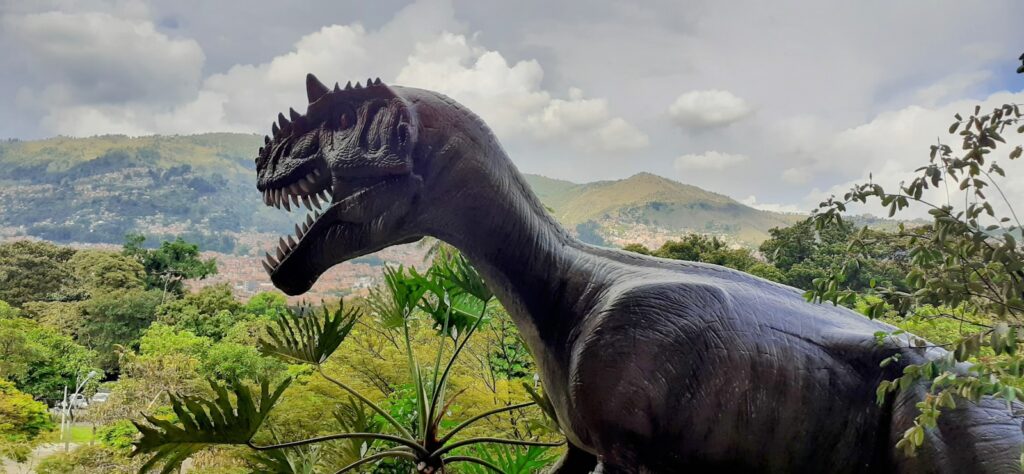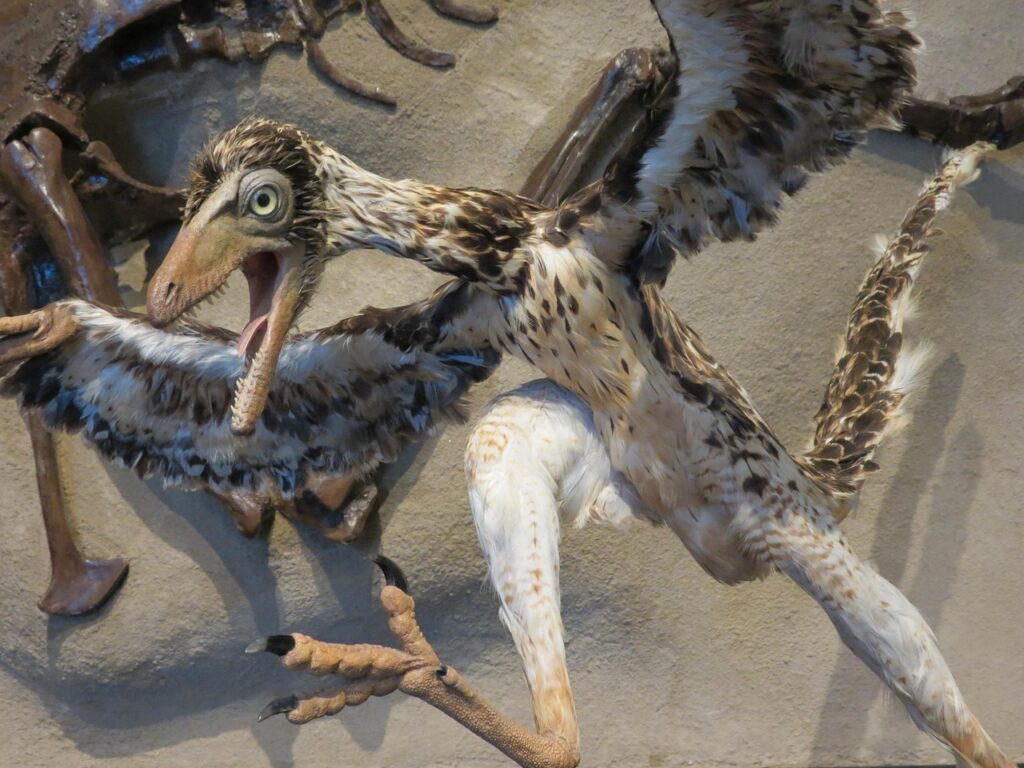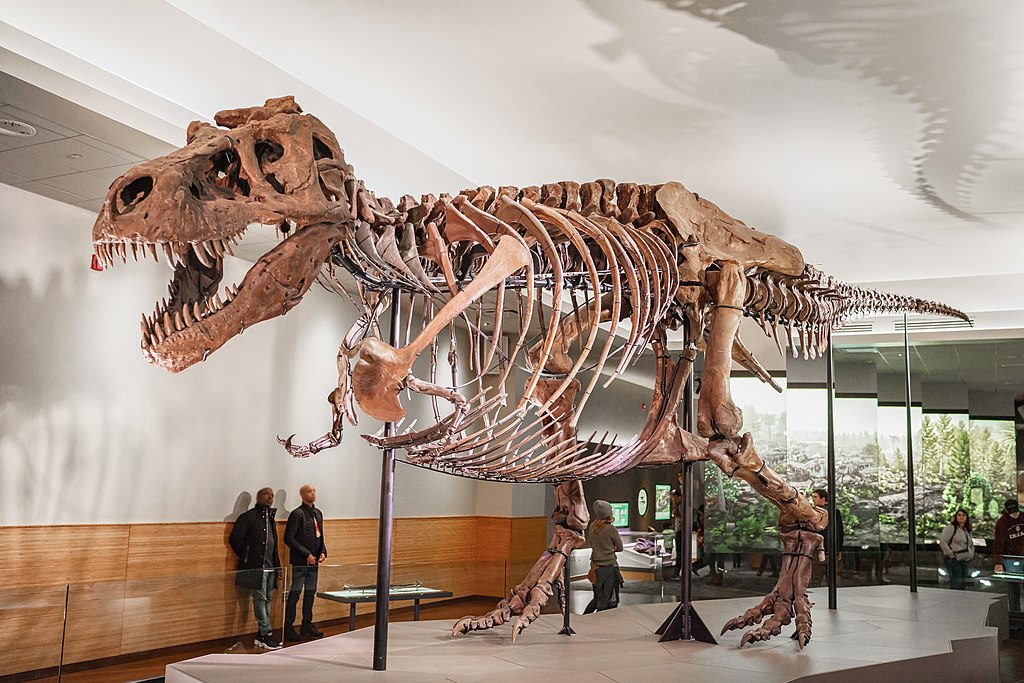Popular media has shaped our perception of carnivorous dinosaurs for generations, from classic films like “Jurassic Park” to children’s toys and television shows. These representations have created a shared cultural understanding of what predatory dinosaurs looked like, how they behaved, and how they lived. However, paleontological science has advanced dramatically in recent decades, revealing that many of our cherished beliefs about meat-eating dinosaurs are outdated or simply incorrect. This article explores the common misconceptions perpetuated by pop culture and contrasts them with current scientific understanding, showing just how far our knowledge has evolved beyond Hollywood’s portrayal of these fascinating prehistoric predators.
The Term “Carnivore” Is Often Too Simplistic
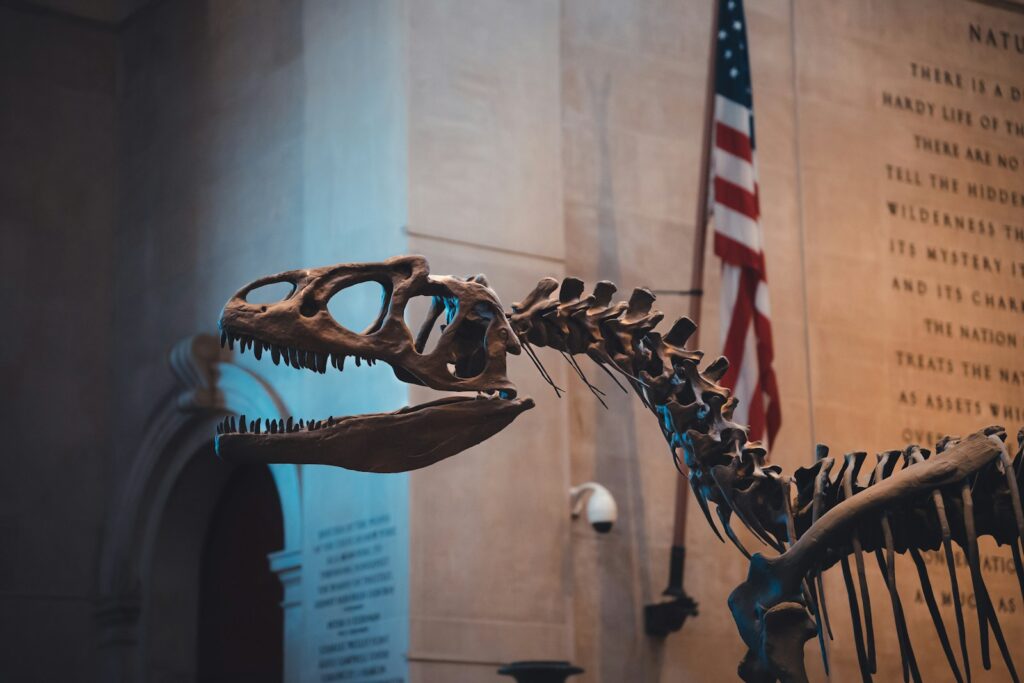
Pop culture frequently divides dinosaurs into strict categories of “meat-eaters” and “plant-eaters,” but paleontological evidence suggests a much more complex reality. Many dinosaurs traditionally labeled as carnivores likely had opportunistic diets that included plants, carrion, insects, and small vertebrates. Tyrannosaurus rex, often portrayed as exclusively hunting large prey, may have been an opportunistic omnivore at various life stages. Recent studies of coprolites (fossilized feces) and dental wear patterns indicate dietary flexibility in many theropods. Even velociraptor, depicted as a pure hunter in films, likely consumed a varied diet that changed seasonally based on resource availability. This nuanced understanding of dinosaur feeding ecology represents a significant departure from the binary categories popularized in entertainment media.
Velociraptors Were Nothing Like Their Movie Counterparts

Perhaps no dinosaur has been more dramatically misrepresented than Velociraptor. The “raptors” in Jurassic Park were actually modeled after Deinonychus but made larger and more menacing for dramatic effect. Real Velociraptors stood only about 1.6 feet (0.5 meters) tall at the hip and were roughly the size of a turkey, considerably smaller than their human-sized movie counterparts. Fossil evidence conclusively shows they were covered in feathers, with well-developed wing-like structures on their arms. Their hunting behavior was likely more comparable to modern birds of prey than the pack-hunting reptilian predators depicted in films. Additionally, their intelligence, while impressive for dinosaurs, was nowhere near the problem-solving capabilities shown in popular movies where they could understand complex situations and even open doors.
T. Rex Wasn’t Just a Mindless Killing Machine

Tyrannosaurus rex has been typecast in popular media as a perpetually roaring, always-hunting monster with an insatiable appetite for chasing prey. Scientific evidence paints a different picture of an animal with complex behaviors and ecological roles. Recent research suggests T. rex had remarkable sensory capabilities, including an exceptional sense of smell and sophisticated binocular vision that likely exceeded that of modern hawks. Their brains, while not comparable to mammals in structure, were large relative to body size among dinosaurs, indicating potential for complex behaviors. Studies of T. rex growth patterns reveal they experienced dramatic growth spurts during adolescence, suggesting different ecological roles at different life stages. Far from being a simple movie monster, T. rex was a sophisticated apex predator with behaviors and capabilities we’re still working to understand fully.
Many Predatory Dinosaurs Were Covered in Feathers

One of the most significant disconnects between pop culture and modern paleontology is the widespread presence of feathers among theropod dinosaurs. Far from the scaly, reptilian appearance depicted in most media, many meat-eating dinosaurs were covered in various types of feathers or feather-like structures. Remarkable fossil discoveries from China’s Liaoning Province have preserved feathered dinosaurs in exquisite detail, showing complex plumage patterns including display feathers and different feather types across the body. Even larger theropods like Yutyrannus, a relative of T. rex that reached 30 feet in length, had primitive feathery coverings. These feathers likely served multiple functions including thermoregulation, display, and in some cases, limited aerodynamic purposes. The visual reality of these dinosaurs would have been dramatically different from their pop culture representations—more colorful, fluffier, and more bird-like than we’ve been led to believe.
Predatory Dinosaurs Had Diverse Hunting Strategies

Pop culture typically portrays carnivorous dinosaurs with a single hunting strategy—the high-speed chase culminating in a dramatic takedown. Paleontological evidence reveals a much broader spectrum of hunting techniques among different theropod species. Some predators, like Allosaurus, show adaptations suggesting they were ambush predators rather than pursuit hunters, using their upper jaws like hatchets to inflict devastating wounds. Others, like the spinosaurids, had crocodile-like snouts and likely specialized in fishing rather than hunting large terrestrial prey. Smaller dromaeosaurids may have used their famous sickle claws to cling to larger prey while delivering multiple bites, rather than for disemboweling as often depicted. Certain theropods show adaptations for crushing bones, suggesting scavenging capabilities, while others had dental specializations for different prey types. This diversity of hunting strategies reflects the complex ecology of dinosaur communities, where different predators occupied distinct niches rather than all behaving like smaller or larger versions of T. rex.
They Weren’t All Roaring Monsters
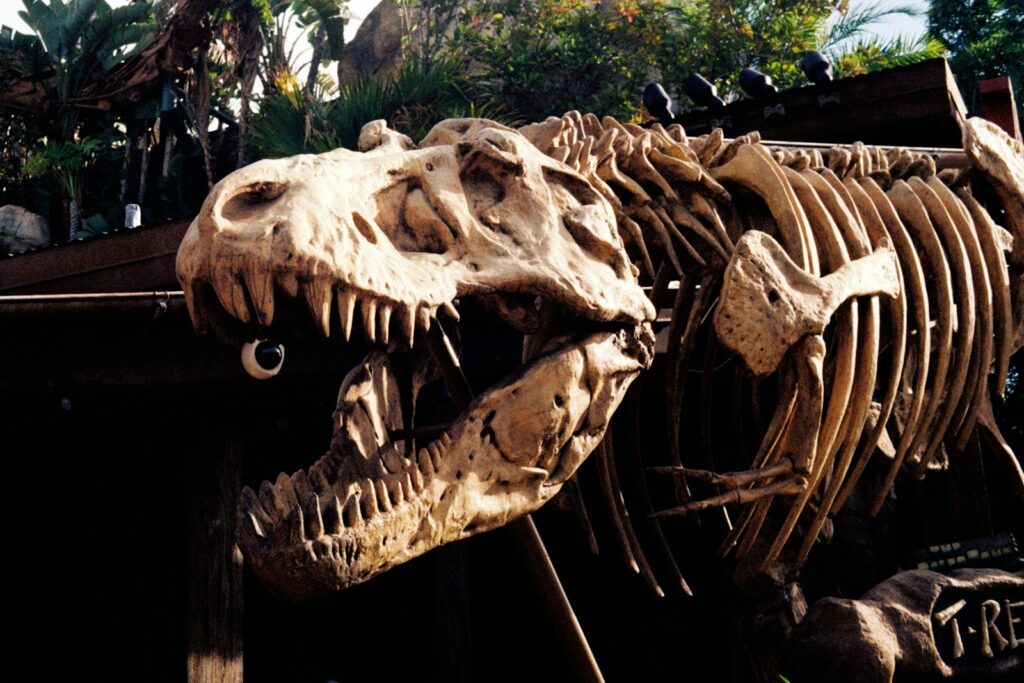
The dramatic roars of dinosaurs are a cinema staple, but they represent one of Hollywood’s most persistent scientific inaccuracies. Modern paleontological research suggests that most theropods were physically incapable of producing the lion-like roars we hear in films. Many theropods likely had closed-mouth vocalizations more similar to birds than to mammals or reptiles. Studies of dinosaur ear anatomy and throat structures indicate they may have produced sounds in the low-frequency range, perhaps more like the booming calls of cassowaries or the deep rumbles of crocodilians. Some species had elaborate crests and resonating chambers that could have amplified vocalizations for communication. Smaller predatory dinosaurs with closer evolutionary relationships to birds may have had more varied vocal repertoires including chirps, hoots, and other bird-like calls. The soundscape of the Mesozoic was likely very different from what we experience in theaters.
They Had Complex Social Behaviors

While pop culture often depicts predatory dinosaurs as solitary hunters or in simplified pack structures, fossil evidence points to more nuanced social arrangements. Trackway discoveries showing multiple individuals of the same species moving in the same direction suggest some form of group behavior in certain theropods. Evidence from bone beds where multiple individuals died together has been interpreted as potential evidence for social grouping in some species like Allosaurus and certain tyrannosaurs. Rather than the wolf-like pack hunting often depicted in films, many predatory dinosaurs may have engaged in opportunistic group feeding similar to what we see in modern Komodo dragons or crocodiles. Age segregation within populations was likely common, with juveniles potentially occupying different ecological niches than adults of the same species. Fossil sites with multiple individuals show evidence of potential social hierarchies and age-specific mortality patterns that hint at complex population structures far beyond the simplified portrayals in entertainment media.
Their Speed Has Been Greatly Exaggerated
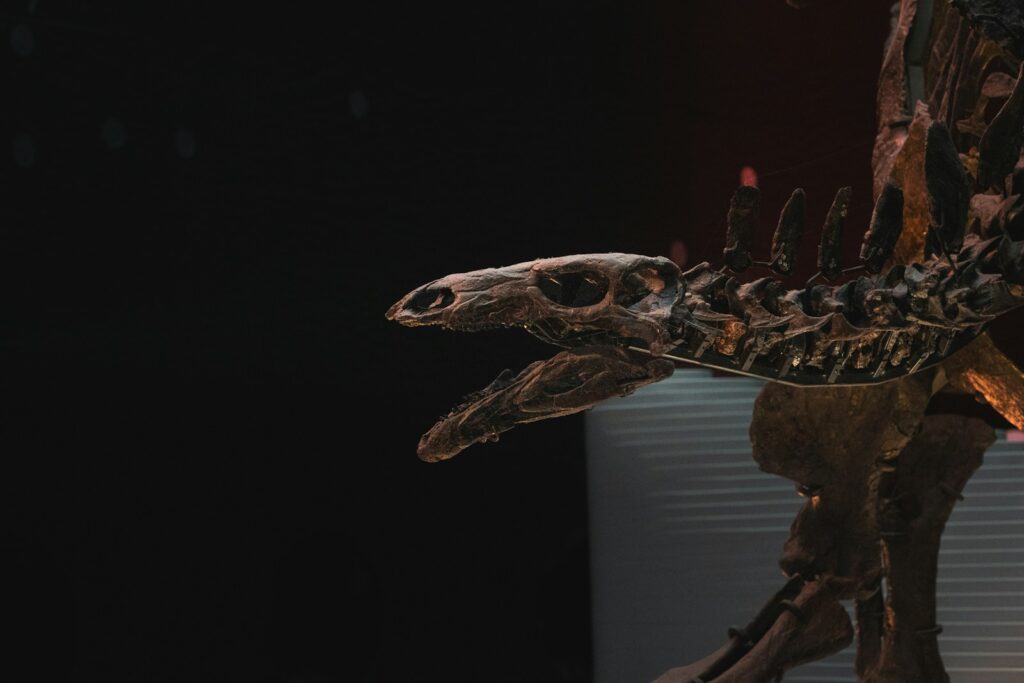
The image of Velociraptors running at cheetah-like speeds or T. rex keeping pace with a jeep has become embedded in popular imagination, but biomechanical studies tell a different story. Recent research using computer modeling and comparative anatomy suggests many large theropods were significantly slower than portrayed in films. Tyrannosaurus rex likely had a top speed of 10-25 mph (16-40 kph), impressive for an animal of its size but far from the highway speeds shown in movies. Larger predators faced physical constraints related to mass, bone strength, and muscle power that limited their acceleration and top speed. Smaller predatory dinosaurs were likely much faster and more agile, but even they would have physical limitations based on musculoskeletal structure. Studies of leg proportions, estimated muscle mass, and joint mechanics provide increasingly accurate speed estimates that contradict the cinematic portrayals. For many larger predators, hunting likely involved ambush tactics rather than prolonged chases, using their size advantage rather than pure speed.
They Had Diverse Feeding Adaptations Beyond Sharp Teeth
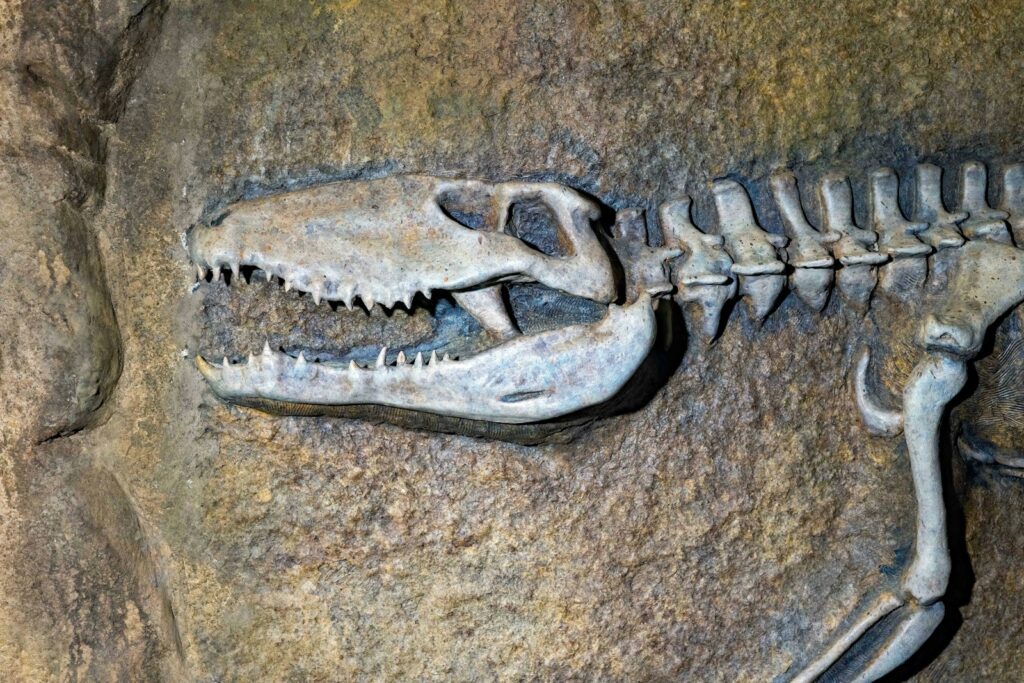
Pop culture tends to focus exclusively on the impressive teeth of predatory dinosaurs, but their feeding adaptations were far more diverse and specialized. Different theropod groups had skull and jaw adaptations for specific feeding strategies beyond the generalized biting portrayed in media. Spinosaurids had crocodile-like snouts with pressure-sensitive organs that helped them detect movement in water, suggesting specialized fish-hunting adaptations. Some theropods had serrated teeth ideal for slicing through flesh, while others had more robust teeth suited for crushing bone. Tyrannosaurs had extremely powerful bite forces enhanced by specialized jaw muscles and reinforced skulls that could exert pressures exceeding 12,000 pounds per square inch. The flexibility of the skull varied between species, with some having more rigid skulls for powerful biting and others having more kinetic skulls allowing manipulation of food items. These adaptations reflect millions of years of evolutionary specialization for different prey types and feeding strategies, demonstrating a complexity far beyond the generic “chomping” behavior seen in most dinosaur media.
Their Senses Were Different Than Portrayed
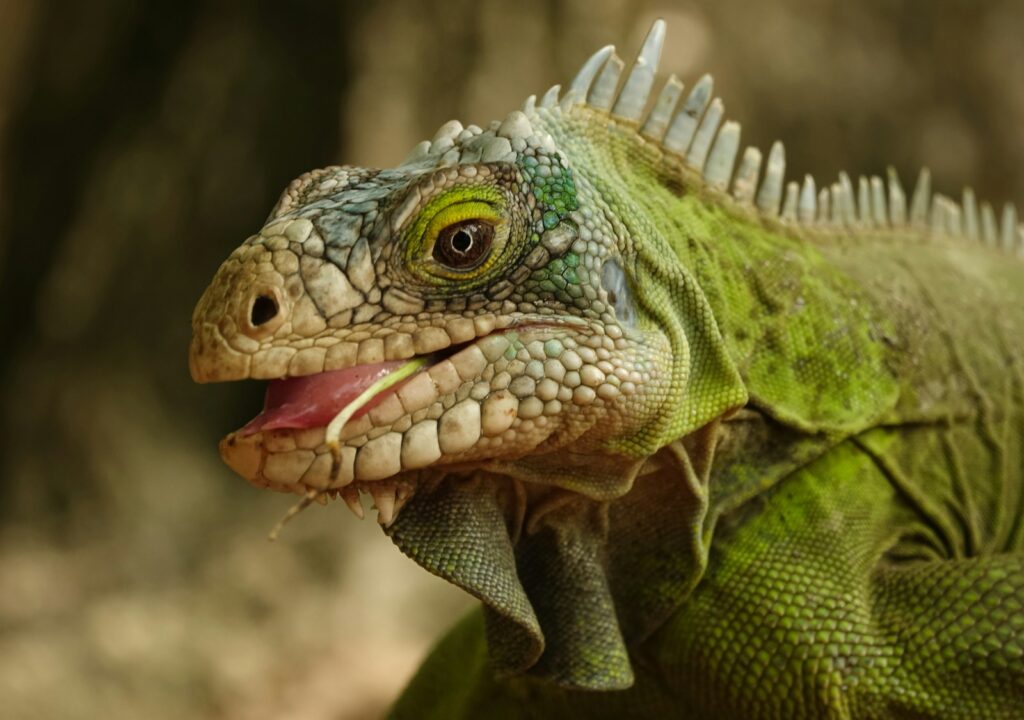
The sensory capabilities of predatory dinosaurs are frequently misrepresented in pop culture, with vision often emphasized above all other senses. Paleontological evidence suggests many theropods relied heavily on their sense of smell, with tyrannosaurs having some of the largest olfactory bulbs relative to brain size among dinosaurs. CT scans of dinosaur skulls reveal details about brain structure that indicate some species may have had enhanced hearing for specific frequency ranges, potentially useful for detecting prey or communication. The orientation of the semicircular canals in the inner ear provides clues about how these animals held their heads and how sensitive their balance systems were during movement. Vision capabilities varied widely among different groups, with some adapted for binocular vision and others having eyes positioned more laterally for wider fields of view. These differences in sensory emphasis likely reflected different hunting strategies and ecological niches, creating a diversity of predatory styles far more varied than typically shown in entertainment media.
Their Physical Proportions Are Often Wrong

Dinosaur proportions in popular media frequently prioritize dramatic appearance over anatomical accuracy. One persistent error is the portrayal of theropod arms, particularly those of Tyrannosaurus rex, which are often shown much larger than fossil evidence indicates. Actual T. rex arms were proportionally tiny, roughly the size of human arms despite the animal’s massive body size. The posture of predatory dinosaurs is another common inaccuracy, with many media depictions showing them in a tripod stance with tails dragging on the ground—a position paleontologists now know was physically impossible for these animals. Modern reconstructions show theropods with horizontal body postures, balanced by their tails which were held straight out behind them. Head size is another frequently exaggerated feature, with movie dinosaurs often having disproportionately large heads for dramatic effect. These anatomical inaccuracies create memorable movie monsters but significantly distort public understanding of how these animals actually looked and moved during their lifetimes.
They Weren’t Even All Technically Dinosaurs
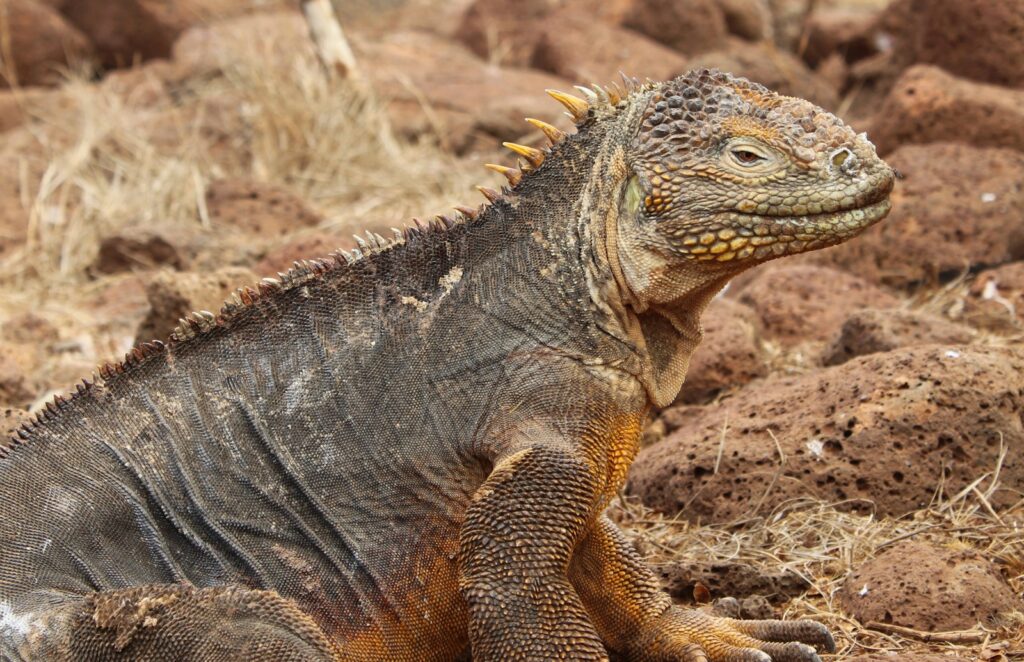
Perhaps one of the most fundamental misconceptions perpetuated by pop culture is which prehistoric reptiles actually qualify as dinosaurs. Many media properties lump all prehistoric reptiles together as “dinosaurs,” including creatures like Pteranodon, Mosasaurus, and Dimetrodon—none of which are dinosaurs by scientific classification. Pterosaurs, while close relatives to dinosaurs within Archosauria, represent a separate lineage of flying reptiles. Marine reptiles like plesiosaurs, ichthyosaurs, and mosasaurs evolved from different reptilian ancestors and are not dinosaurs despite often being portrayed as such in entertainment. Dimetrodon, frequently included in dinosaur toy sets, predated dinosaurs by millions of years and belongs to the synapsid lineage that eventually led to mammals. This conflation creates confusion about which animals were actually present during the Mesozoic Era and misrepresents the evolutionary relationships between different prehistoric groups. The term “dinosaur” has specific scientific meaning referring to a particular group of terrestrial reptiles defined by their upright posture and other anatomical features, not simply any large extinct reptile.
Their Ecological Roles Were More Complex

The ecological roles of predatory dinosaurs extended far beyond the simple “apex predator” status typically depicted in popular media. Different theropod species occupied diverse niches within their ecosystems, from specialized piscivores (fish-eaters) to mesopredators (mid-sized predators) to specialized scavengers. Juvenile and adult specimens of the same species often occupied different ecological niches, with younger individuals likely hunting smaller prey than adults. Size differences between males and females (sexual dimorphism) in some species may have further expanded the ecological roles within a single species. Rather than simply being at the top of a linear food chain, predatory dinosaurs were embedded in complex food webs with multiple interactions across trophic levels. Paleoecological studies suggest many ecosystems supported multiple predator species through niche partitioning, where different predators specialized in different prey types or hunting strategies. The removal or addition of predatory dinosaur species likely had cascading effects throughout their ecosystems in ways similar to modern apex predators, influencing herbivore behavior and vegetation patterns across landscapes.
Conclusion

The gap between dinosaurs as portrayed in popular culture and the animals revealed by modern paleontology continues to widen as scientific understanding advances. Far from the simplified, reptilian movie monsters of popular imagination, predatory dinosaurs were complex animals with diverse appearances, behaviors, and ecological roles. Many were feathered, socially sophisticated, and had specialized hunting and feeding adaptations that allowed them to thrive for millions of years. As new fossil discoveries and analytical techniques continue to refine our understanding, the real stories of these ancient predators prove to be even more fascinating than their fictional counterparts. By appreciating the scientific reality behind popular dinosaur portrayals, we gain a deeper understanding not just of these magnificent extinct animals, but of the evolutionary processes that shaped them and continue to shape life on Earth today.

